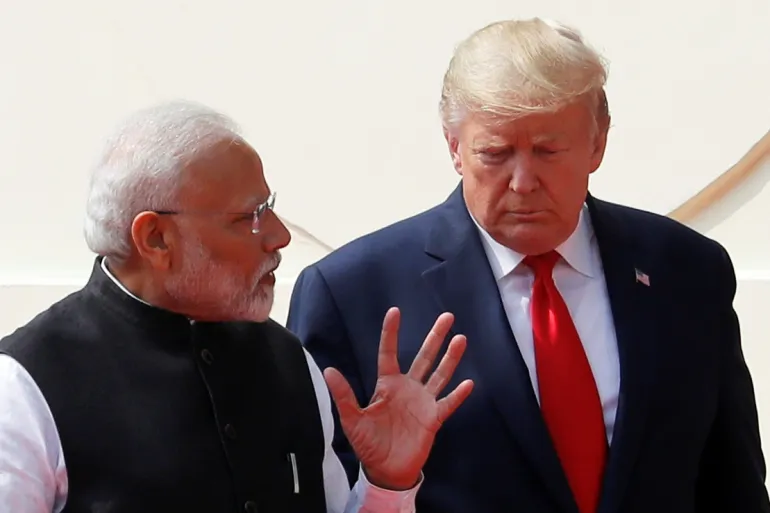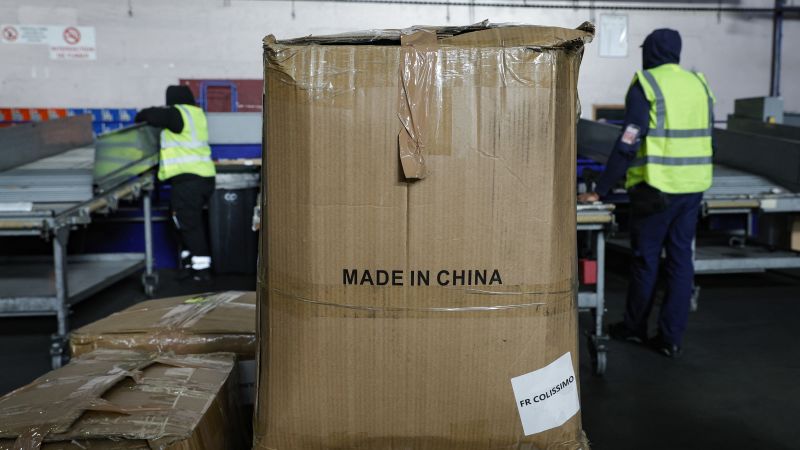
Escalating Trade Tensions Between US and India
Politics | 8/6/2025
President Trump has escalated trade tensions by threatening India with a 50% tariff following the imposition of a 25% reciprocal tariff set to be implemented soon. This move comes as a punitive measure in response to India’s importation of Russian oil and gas. The decision to ramp up tariffs against India, a significant economic player and key trade partner of the United States, underscores a growing rift in international trade relations.
The Trump administration’s aggressive stance towards India reflects broader concerns about trade imbalances and strategic alliances. An unnamed trade expert noted, “The imposition of these tariffs signals a shift towards a more confrontational approach in U.S.-India trade relations.” This move has the potential to disrupt established trade dynamics and may lead to retaliatory measures from India, further complicating the global trade landscape.
With India being the world’s fifth-largest economy, the implications of these escalating tariffs extend beyond just bilateral trade. The standoff highlights the complexities of international trade dynamics and the delicate balance of power among major economies. Analysts warn that a protracted trade dispute between the U.S. and India could have ripple effects on global markets and economic stability.
The decision to target India over its energy imports from Russia adds a geopolitical dimension to the trade dispute. This move not only impacts economic interests but also intertwines with strategic considerations in a volatile global context. As tensions mount, the potential for a protracted trade conflict looms, raising concerns about the wider repercussions on both countries and the global economy.
In conclusion, President Trump’s threat of a 50% tariff against India, on top of the existing 25% tariff, signals a significant escalation in trade tensions between the two nations. The underlying motivations and implications of this aggressive stance reverberate beyond economic considerations, touching upon geopolitical and strategic facets of international relations. The unfolding developments underscore the complexities and interconnectedness of global trade dynamics, with the potential to reshape the landscape of international commerce.


